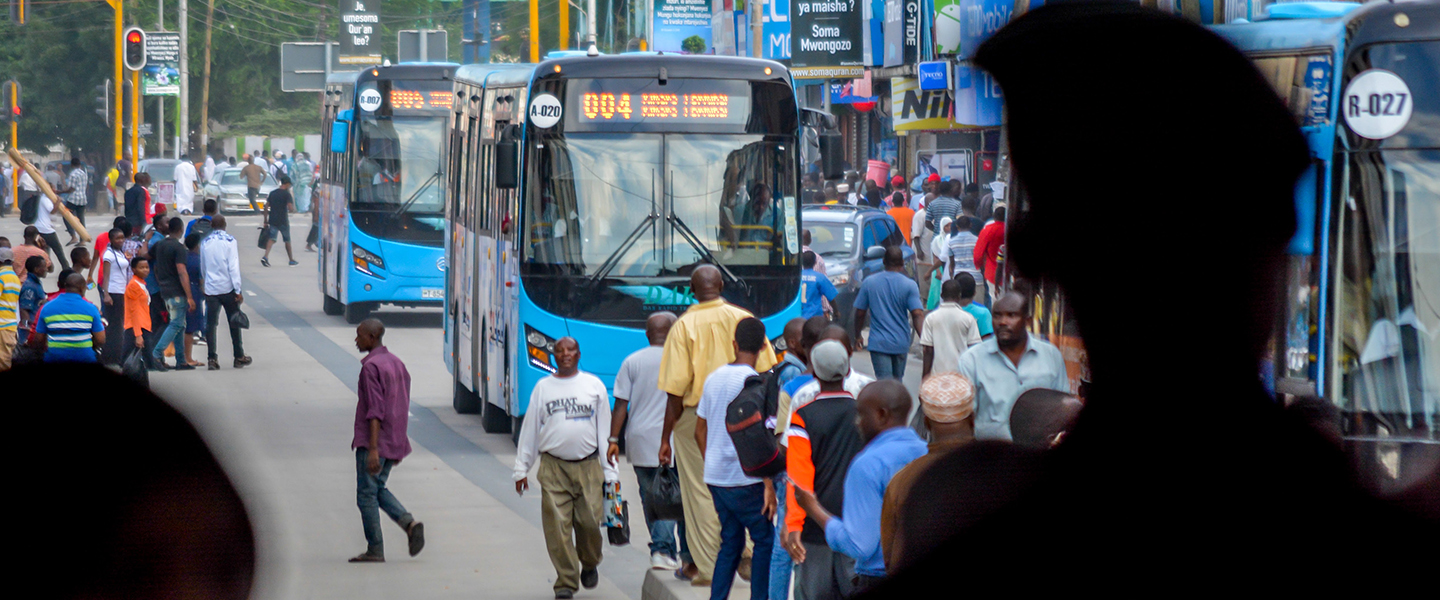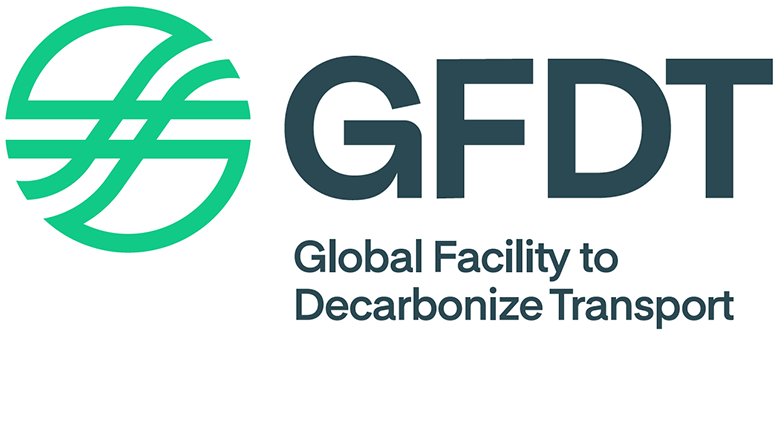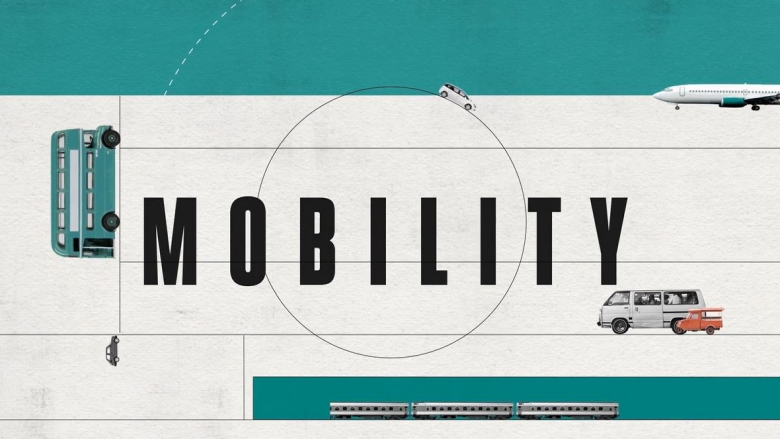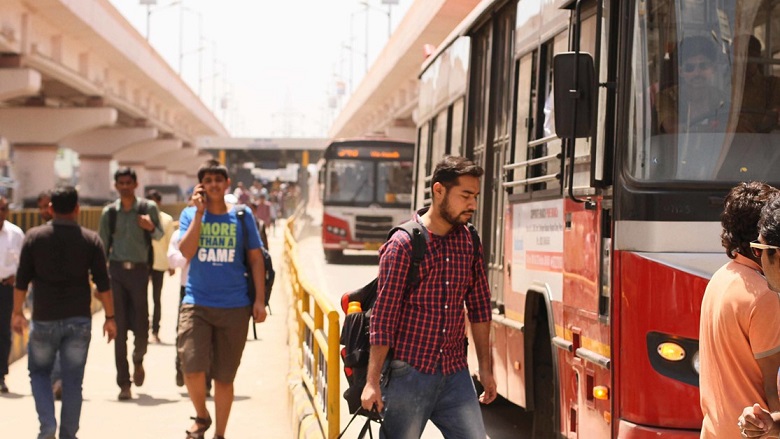About GFDT
Transport connects people to jobs, education, health care, and opportunities, but exacts a heavy toll on people and the planet, with the poorest countries and communities paying the heaviest toll.
To break this cycle, we must fundamentally change the way we move people and goods.
GFDT is a multi-donor trust fund that provides financial and technical assistance to World Bank teams promoting transport decarbonization in low and middle-income countries.
Our mission is to accelerate innovation and investment in climate-smart mobility solutions, with the goal of achieving net zero in the global transport sector by 2050. We believe that climate action and the expansion of transport services are not at odds, but go hand-in-hand.
Our funding and project preparation helps move big transport decarbonization projects that otherwise would not go forward. In doing so, we empower low and middle-income countries to build transport systems that not only reduce emissions, but are also safe, modern, inclusive, and resilient.
The Need to Decarbonize Transport
Transport is a major contributor to the climate crisis.
Globally, transport accounts for ~20% of total greenhouse gas (GHG) emissions and is the fastest-growing source of GHG emissions globally. With the rapid pace of urbanization and motorization in low and middle-income countries, global transport GHG emissions could increase by 60% by 2050.
In fact, almost all the growth in global transport emissions since 2000 has occurred in low and middle-income countries.
Growth in GHG Emissions, 2000-2018
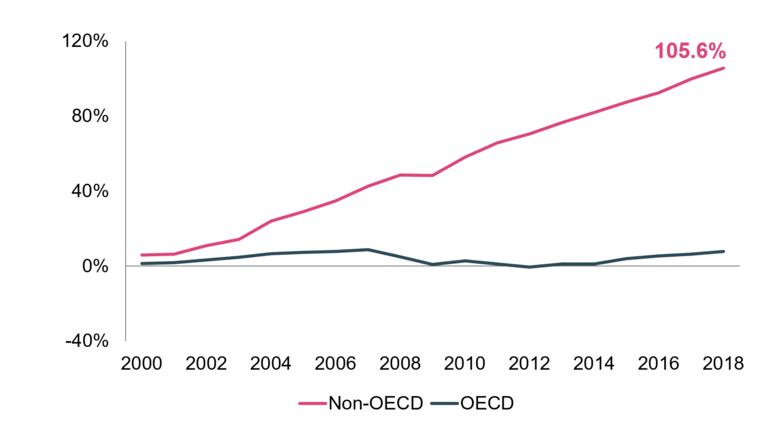
Developing countries have a narrow window to steer clear of high-carbon transport.
Transport infrastructure is quickly expanding in low-and middle-income countries to meet the needs of growing populations. It is vital that new transport investments prioritize low-carbon transport solutions and that countries “build it right the first time”., as lock-in effects will make it more difficult and expensive to shift to low-carbon mobility later.
Decarbonizing transport supports other development priorities.
Reliance on carbon-intensive transport not only harms the climate, but has other negative consequences:
- Road crashes kill 1.19 million people per year, and 93% of these fatalities occur in developing countries (WHO, 2023).
- Air pollution, of which transport emissions are a major contributor, causes an estimated 3.7 million deaths in low- and middle-income countries per year (WHO, 2019).
- In many low and middle-income countries, disadvantaged communities living on city outskirts face social and economic exclusion due to high costs of vehicle ownership and a lack of low-cost transport alternatives.
Investing in low-carbon mobility typically leads to fewer road fatalities, improved air quality, and greater inclusion via (i) encouraging the uptake of new and safe electric vehicles, and (ii) promoting a shift to public transport, walking, and cycling.
By investing in low-carbon mobility today, we can reduce global GHG emissions over the long term while also making progress on other development priorities such as road safety, air quality, and social and economic inclusion.
